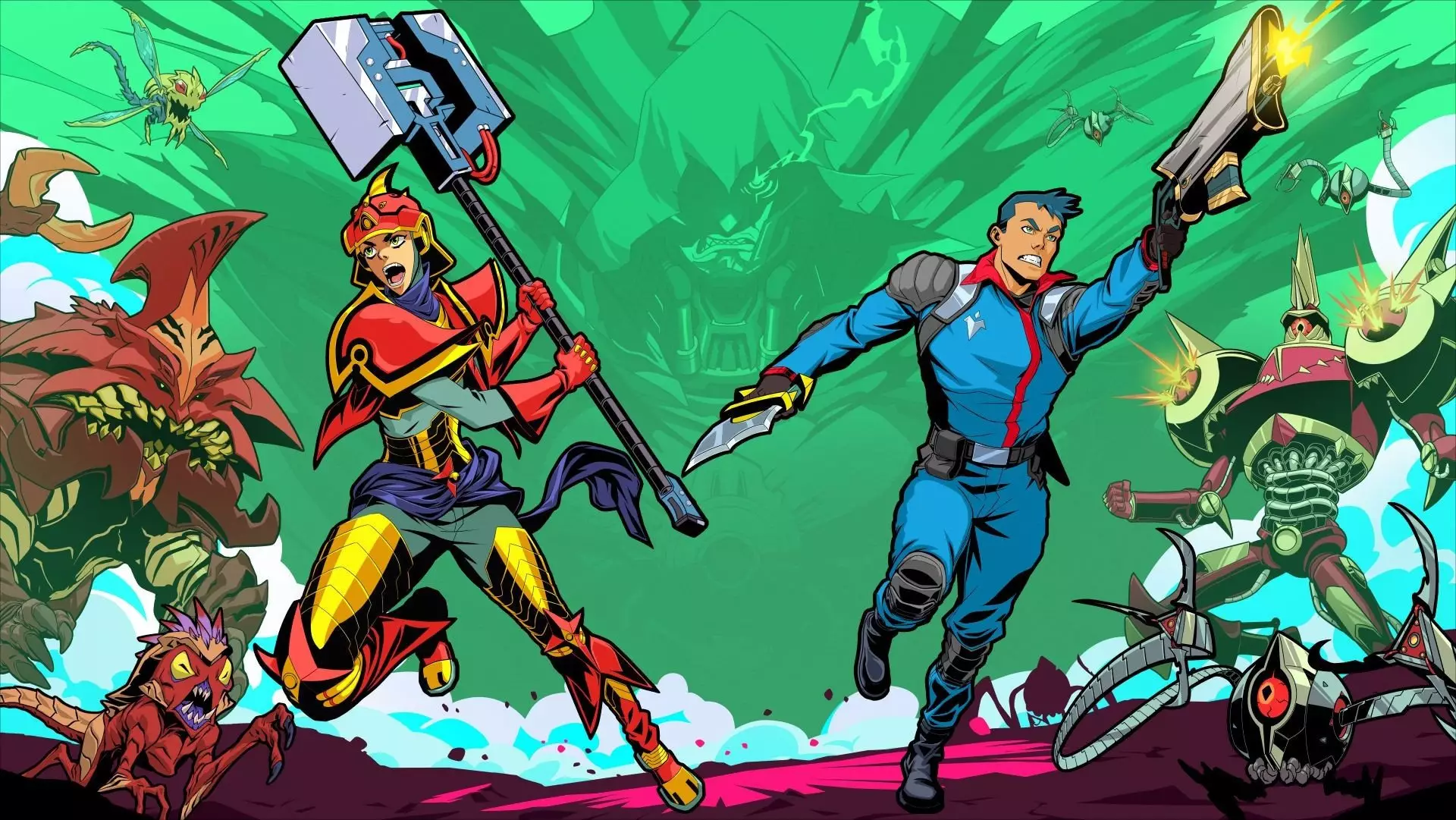The gaming industry has long been dominated by a cycle of high-budget, time-intensive development processes that often stifle creativity and sustainability. When Harold Ryan launched ProbablyMonsters in 2016, he publicly committed to disrupting this status quo, emphasizing a shift toward more humane and innovative production models. It’s a bold stance—one that questions the very foundations of AAA development where crunch culture, unending deadlines, and risk aversion are endemic. Ryan’s vision is rooted in cultivating an environment where creators can thrive without sacrificing their well-being or artistic integrity. This approach reflects a profound belief: that sustainable game development is not just an ethical imperative, but also essential for producing more original, compelling content.
In practice, this vision confronts the conventional wisdom that bigger budgets and longer development cycles necessarily lead to better games. Instead, ProbablyMonsters aims to produce titles that are concise, tightly focused, and creatively liberated. The company’s first two announced projects embody this ideology—one of which, *Storm Lancers*, exemplifies a new paradigm where quality and innovation are prioritized over sheer scale. The emphasis on a 10-hour gameplay experience signals an effort to create products that respect players’ time and deliver impactful, replayable entertainment. This challenge to the industry’s ingrained assumptions is a refreshing reminder that sustainability and quality are not mutually exclusive; with the right mindset, they can be mutually reinforcing.
Innovation Through Focus and Flexibility
What sets ProbablyMonsters apart is its deliberate departure from the “bigger, longer, more expensive” model. Rather than chasing massive open worlds or never-ending content pipelines, the studio advocates for a more adaptable, focused approach to game design. Storm Lancers, for instance, is a roguelike inspired by 1980s anime, blending nostalgia with modern gameplay finesse. It’s concise enough to appeal to busy players while maintaining depth through its upgrade systems, tactical combat, and cooperative play.
This emphasis on agility reflects a broader industry trend—developers recognizing that players value quality and innovation over endless filler. By intentionally crafting shorter experiences, ProbablyMonsters demonstrates respect for players’ time and attention span, while also reducing development risks. A Win-Win of sorts: developers can experiment more boldly, players enjoy fresh ideas without feeling overwhelmed, and the industry as a whole moves toward more sustainable practices. Such an approach signals a significant shift in how we might think about AAA titles—less as monumental financial bets, more as flexible, creative projects capable of delivering memorable moments within a manageable scope.
The Power of Co-op and Nostalgia
At its core, *Storm Lancers* exemplifies how multiplayer experiences—particularly couch co-op—can invigorate modern gaming. In an age increasingly dominated by online multiplayer, local co-op has become a niche that offers unique social interactions, fostering genuine shared experiences. The game’s design heavily emphasizes team synergy, with players developing complementary strategies to tackle enemies and bosses. This focus taps into the universal appeal of camaraderie and competition, transforming gameplay into a shared adventure filled with strategic Tinkering and spontaneous fun.
Furthermore, the game’s inspiration from 1980s anime and cartoons adds an evocative layer of nostalgia, appealing to older gamers who grew up in that era and to newer players eager for stylistic diversity. The vibrant, cartoonish visuals and fast-paced combat evoke a sense of energy and dynamism, reminding players that games can be both colorful, engaging, and deeply rooted in cultural references. By blending nostalgia with innovative gameplay, ProbablyMonsters is shaping a new blueprint for how modern games can honor the past while pushing creative boundaries forward.
Potential Impact on Industry Standards
If *Storm Lancers* and similar projects succeed, they could catalyze a fundamental shift within the gaming industry’s development and monetization models. The emphasis on shorter, more focused experiences demonstrates that profitability and innovation can coexist without endless expansion or saturation. As players grow more discerning and value quality, studios that prioritize sustainability, creative freedom, and player-centric design will likely gain competitive advantages.
Moreover, the studio’s transparent communication about its philosophy and goals challenges the industry to rethink its traditional practices. The push toward flexible, sustainable development models might inspire a new wave of mid-budget, creatively ambitious titles that do not rely solely on massive franchises or recurring monetization strategies. Such a shift could contribute to a healthier, more diverse gaming landscape—one where innovation is nurtured rather than suppressed by financial pressures.
The success of ProbablyMonsters’ approach remains to be seen, but its very existence raises important questions: Can a studio prioritize creator well-being, sustainability, and originality without sacrificing commercial viability? The answer may determine whether the future of AAA gaming is one of burnout and stagnation or renewal and reinvention.

